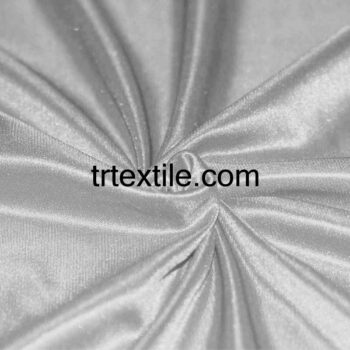Marine lining fabric is a specialized type of fabric that is designed to withstand the harsh conditions of marine environments. Whether used in boats, yachts, or other marine vessels, marine lining fabric is essential for protecting surfaces from water damage, abrasion, and other potential hazards.
One of the key features of marine lining fabric is its water resistance. This fabric is typically treated with a water-repellent coating that prevents water from seeping through and causing damage to the underlying surface. This is particularly important in marine environments where exposure to water is constant and can lead to mold, mildew, and other issues if not properly managed.
In addition to water resistance, marine lining fabric is also highly durable and abrasion-resistant. Marine vessels are often subjected to rough conditions, such as constant movement, exposure to saltwater, and potential impacts from debris or other objects. Marine lining fabric is designed to withstand these challenges and provide long-lasting protection for surfaces.
Another important feature of marine lining fabric is its UV resistance. Sunlight can be a major source of damage in marine environments, as UV rays can cause fading, discoloration, and deterioration of materials over time. Marine lining fabric is engineered to resist UV damage and maintain its color and integrity even in direct sunlight.
Marine lining fabric is available in a variety of materials, including vinyl, polyester, and polyethylene. Each material has its own advantages and may be better suited for specific applications. For example, vinyl is known for its flexibility and resistance to chemicals, making it a popular choice for boat interiors and upholstery. Polyester is highly durable and tear-resistant, making it ideal for outdoor applications where strength is important. Polyethylene is lightweight and easy to clean, making it a good choice for marine covers and tarps.
When choosing marine lining fabric, it is important to consider the specific needs of the application. Factors such as water resistance, durability, UV resistance, and ease of maintenance should all be taken into account. It is also important to select a fabric that is compatible with the surface it will be applied to, as well as any adhesives or other materials that may be used in the installation process.
Overall, marine lining fabric is an essential component of marine vessels, providing protection and durability in challenging environments. With its water resistance, durability, UV resistance, and range of material options, marine lining fabric is a versatile and reliable choice for a wide range of marine applications.




